- Type:
- shipwreck, sailing ship, Norway
- Specs:
- ( 160 ft ) 960 tons, 20 crew
- Sunk:
- Tuesday December 26, 1876
ran aground in bad weather - no casualties - Depth:
- 25 ft
low scattered wooden debris, 200 yards offshore
More: Rjukan ...
low scattered wooden debris, 200 yards offshore
More: Rjukan ...
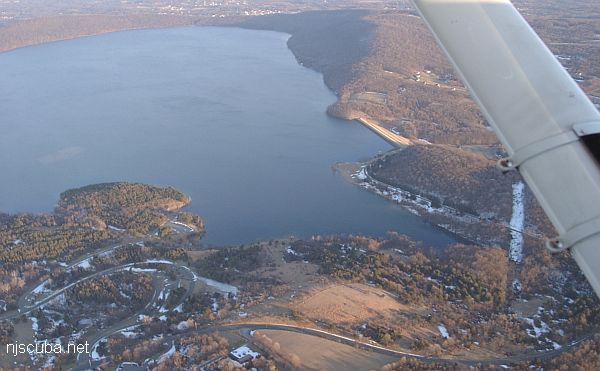
More: Round Valley ...
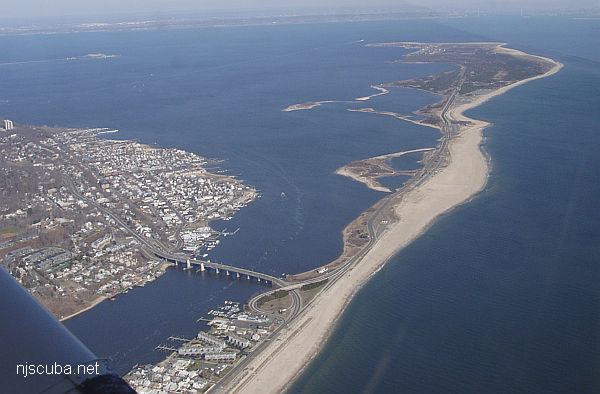
More: Sandy Hook ...
Sea Girt Inlet is reduced to an outflow pipe. The water it releases is often so contaminated with goose droppings that it causes beach closings for miles around.
More: Sea Girt Inlet ...
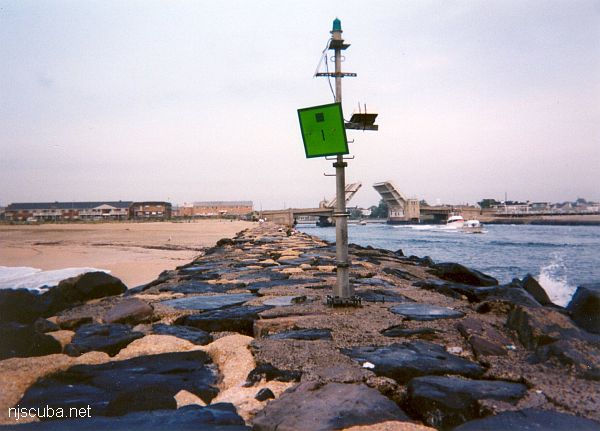
The Shark River is your best bet for shore diving in the northern half of the New Jersey coastline, far better than the Manasquan River. Shark River offers at least four different locations to dive: either side of the inlet, with rock jetties to explore, slightly upstream at A Street in Belmar, and upriver in the back bay area at L Street, Belmar. The wreck of the Malta is also just a few blocks south on the beach, but hardly worth diving.
More: Shark River ...
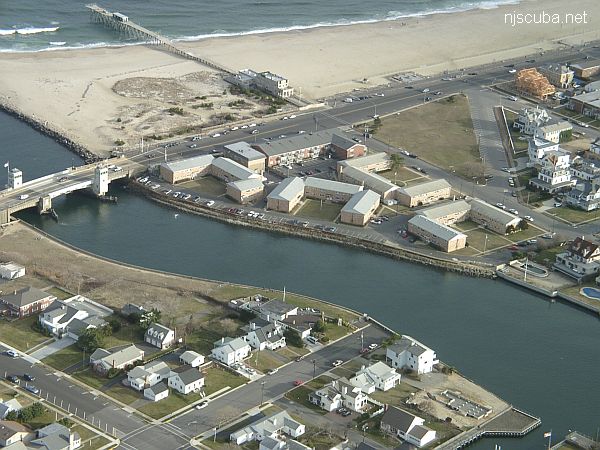
Yet another place to dive the Shark River is on the south side, near the intersection of 1st Avenue and A Street, behind the apartments. There is limited but very convenient free parking. A small cement stairway leads down to a concrete ledge above the water. Climb down between the big rock and the bulkhead, where you will find more steps underwater. ( Whoever B.M and M.M. are - thank you! )
More: Shark River - A Street ...
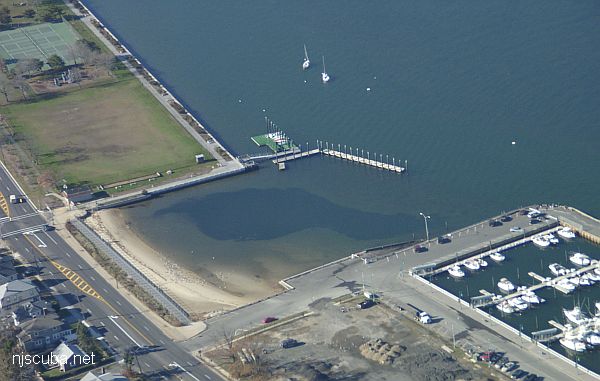
This dive site, formerly known as 'L Street' has changed completely, and for the better. The town of Belmar has done something really nice for us divers and installed wide wooden steps down the bulkhead in Maclearie Park. This more than makes up for the loss of the boat ramp area, which is off-limits to all swimmers since it was rebuilt. I suppose the little cove by the ramp is still accessible from the beach, but the new site is much better, and far from all the dangerous boat traffic around the ramp and marina.
More: Shark River - Back Bay ...
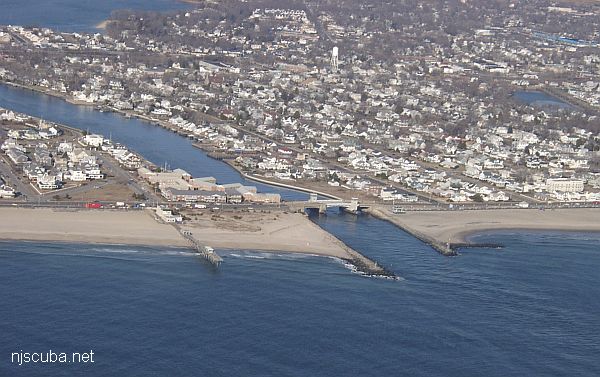
This inlet has an L-shaped jetty on the north side and a longer straight jetty on the south side. Both jetties are made of loose stones - hardly any concrete - and the bottom is sandy and usually clean. You can walk over the bridge from one side of the inlet to the other in about five minutes.
More: Shark River Inlet ...
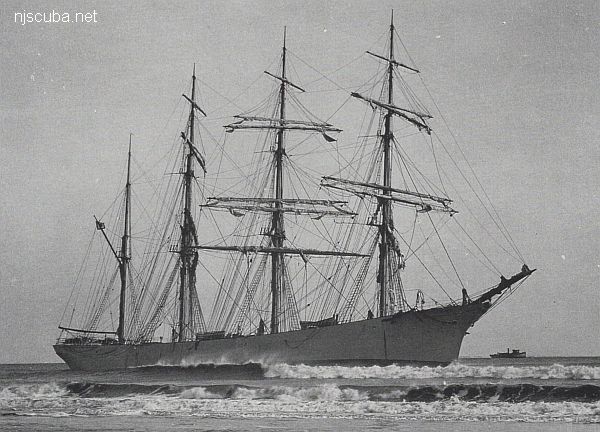
More: Sindia ...